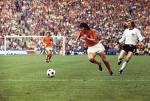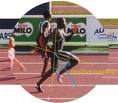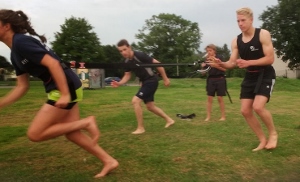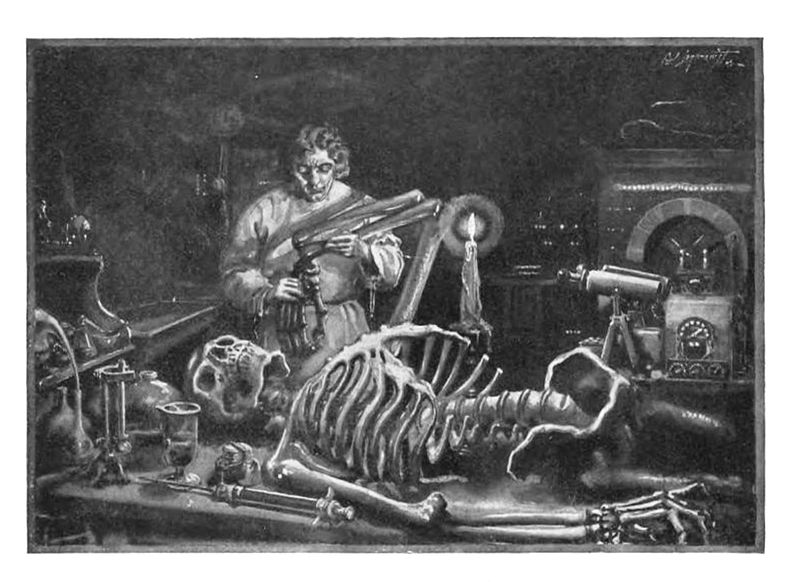Posts Tagged ‘speed training’
Creating Frankenstein’s Monster in the Gym
“Man,” I cried, “how ignorant art thou in thy pride of wisdom!” ― Mary Shelley, Frankenstein I was asked last week my thoughts on using the barbell hip thrust in the gym. I had no thoughts on the matter, I don’t use it as an exercise tool. Rather than, ‘What do you use to develop hip extension?’…
Read MoreHow to develop speed: Gary Winckler
“The hamstrings transfer force from the motor of the butt to the wheels of the foot.”
Tenets of speed development
Athletics coach Gary Winckler delivered an excellent overview on what he thinks is important on developing speed. A lot of the work is similar to what Frans Bosch did a couple of years ago, and he mentioned Bosch’s work a lot.
Read MoreSpeed Training: co-ordination versus strength.
 Adjusting the dials for your athlete
Adjusting the dials for your athlete
When looking at a new athlete and their running, I try to assess whether we can improve speed through co-ordination training or strength training, or both.
I use the analogy of having two dials with the athletes: they both are necessary, but we adjust one at a time according to the athlete’s needs.
Read MoreFootball Speed Training: Frans Bosch
We (the Dutch) lost the World Cup Final against Germany in 1974, our biggest  trauma after the war.
trauma after the war.
One of the players in the famous ‘74 team, Willem van Hanegem, was interviewed some two decades later by a soccer magazine. One question was, what his reply would be to a wide spread opinion that we lost, because he was very, very slow.
Read MoreSprint Training Mechanics: Frans Bosch
“Humans aren’t descended from apes, but are a bad crossbreed of kangaroos and horses”
 Frans Bosch delivered 4 great presentations at GAIN V this year each one packed full of information and ideas.
Frans Bosch delivered 4 great presentations at GAIN V this year each one packed full of information and ideas.
This included two practical sessions. One was gym based and one was running based. That helped immensely with my understanding and application.
Read MoreSpeed training drills
 Why the “High Knees Drill” can make you run slower.
Why the “High Knees Drill” can make you run slower.
In answer to this question from Hanni Jonas, who came on one of our strength and conditioning courses:
“Thanks a lot for the course it was very interesting. Though I was thinking quite a bit of your point about fast feet (high knees)being not really useful for speed training in the wider context.
Read MoreSpeed training – use of hurdles
I am often asked what equipment is needed for training speed. I am a bit of a luddite when it comes to such things, thinking that I should develop my own coaching and observation before using gadgets
Read MoreSpeed Training Exercises
“Build the quality, then learn to endure it”
 This month of our internship we have been learning about speed and the most effective ways to train for it writes Matt Durber.
This month of our internship we have been learning about speed and the most effective ways to train for it writes Matt Durber.
The Challenge to coaches and coaching: Kevin Bowring

“The modern player adopts a ‘pick and mix’ loyalty rather than a long-term allegiance.”
He is becoming increasingly preoccupied with self and is more independent and less submissive to authority. He finds difficulty in accepting criticism and is more liable to conflict.
Read MoreThe lard works in mysterious ways- Anton Parker
 Fat as an active system
Fat as an active system
So, our body fat deposits evolved as an energy store for tucking away excess calories for later use and helped our mammalian ancestors survive seasonal food shortages.
Read More


